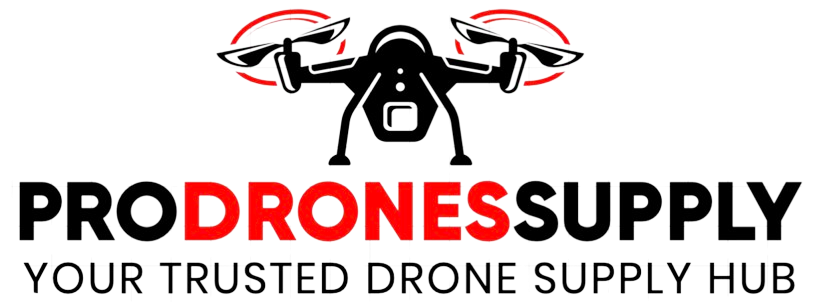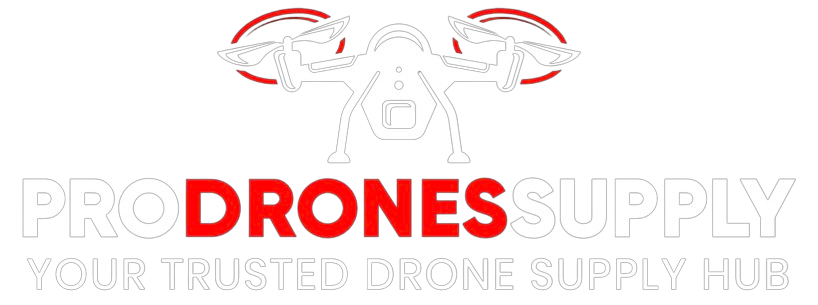
Key Stakeholders Define the Path Ahead for UAS and AAM Networks
On the AUVSI New England UAS and AAM Summit held at the moment in Cambridge, MA, trade leaders gathered to deal with a urgent query: “If We Construct It, Will They Come?” The panel dialogue, titled “Infrastructure Supporting Superior Aviation Operations,” introduced collectively specialists to discover the important infrastructure developments required to realize business viability for Superior Air Mobility (AAM) and Unmanned Plane Techniques (UAS). Panelists shared insights into the electrification, regulatory, and monetary challenges dealing with the trade because it strikes towards a related and sustainable future.
Infrastructure and Electrification: Constructing the Basis for Progress
The necessity for scalable, accessible electrification infrastructure was a central theme of the dialogue. Nate Ward, Head of Community Growth at BETA Applied sciences, emphasised the significance of getting ready airports and charging stations to accommodate electrical aviation. Ward defined that BETA is increasing its community of charging places from 35 to 50 websites over the subsequent yr, aspiring to make “fast-charging stations as frequent as gasoline stations.” With plans to develop totally electrified terminals for plane, rail, and transport wants, Ward described BETA’s holistic imaginative and prescient for future transportation hubs.
Adapting at the moment’s infrastructure to future wants is advanced however important. “We dedicated early to supporting all-electric aviation to future-proof our infrastructure,” Ward stated, acknowledging the necessity for flexibility because the trade grows and demand modifications.
Addison Ferrell, Director of Infrastructure and Head of Americas at Skyports, spoke to the distinctive challenges of grid-to-vertiport infrastructure in city areas, the place house limitations and excessive prices complicate enlargement. Skyports’ strategy, he defined, consists of creating places that combine with each metropolis facilities and rural areas. Ferrell additionally described the corporate’s upcoming challenge in Dubai, set to launch with 4 vertiports in 2026, as a mannequin for future installations worldwide.
Native and Federal Collaboration: Navigating the Regulatory Panorama
To construct viable infrastructure, panelists emphasised the necessity for clear regulatory pathways at each native and federal ranges. Addison Ferrell pressured that native authorities approvals play a crucial function in vertiport zoning and licensing. Educating metropolis councils and different native authorities about AAM’s potential advantages, he defined, might facilitate extra supportive rules and quicker challenge approvals. Small however vital regulatory changes—equivalent to incorporating “vertiport” as a zoning class—might make the method simpler and quicker.
Roger Evans, Program Supervisor of Airline Operations at Archer, echoed the significance of group engagement. He famous that the general public wants to grasp the worth that AAM can carry to communities. Typically, native approvals have to be secured by way of direct outreach to metropolis councils and airport commissioners, addressing considerations one group at a time. Evans additionally pointed to the significance of federal funding for main infrastructure initiatives, which, when mixed with native permissions, can present a stable basis for progress.
Monetary Viability and Pragmatic Funding: Balancing Current Wants with Future Objectives
Reaching monetary sustainability in AAM and UAS operations presents a big problem. Roger Evans acknowledged that prime working prices per accessible seat mile with a 4 seat plane are a barrier, making profitability tough and not using a bigger community of plane and constant demand. Nonetheless, the potential advantages—diminished upkeep, doubtlessly 40% decrease working prices, and decrease environmental affect—supply sturdy incentives for early funding.
Addison Ferrell described Skyports’ technique as extremely business, with a concentrate on making certain that infrastructure investments align with market wants. Addressing the “chicken-and-egg” dilemma of constructing infrastructure with out assured demand, Ferrell steered that early partnerships with native governments for demonstration initiatives might showcase the worth of AAM to different markets and stakeholders.
To maintain momentum, Nate Ward emphasised a sensible strategy: prioritize core infrastructure wants at the moment whereas reserving sources for bold initiatives sooner or later. “Our focus is on assembly the commitments we’ve made to our traders,” Ward stated, underscoring the significance of sustaining fiscal duty whereas establishing the groundwork for scaling.
Scaling the Grid: A Gradual Method to Electrification
Evans outlined a “crawl, stroll, run, soar” mannequin for increasing electrification infrastructure, noting that early levels will seemingly see restricted use whereas utilities assess demand. “Infrastructure will develop as extra plane come on-line,” he defined, permitting time for cautious, phased enlargement. This gradual strategy will make sure that utilities can preserve tempo with the rising demand for electrification from UAS, AAM, and different rising transportation applied sciences.
The panel highlighted that with collaboration between native governments, federal companies, and personal stakeholders, a sustainable aviation infrastructure can evolve to fulfill the calls for of UAS and AAM. By way of cautious planning, early funding, and public engagement, trade leaders stay optimistic about constructing a future the place superior aviation seamlessly integrates into day by day life.
Learn extra:
Trending Merchandise











